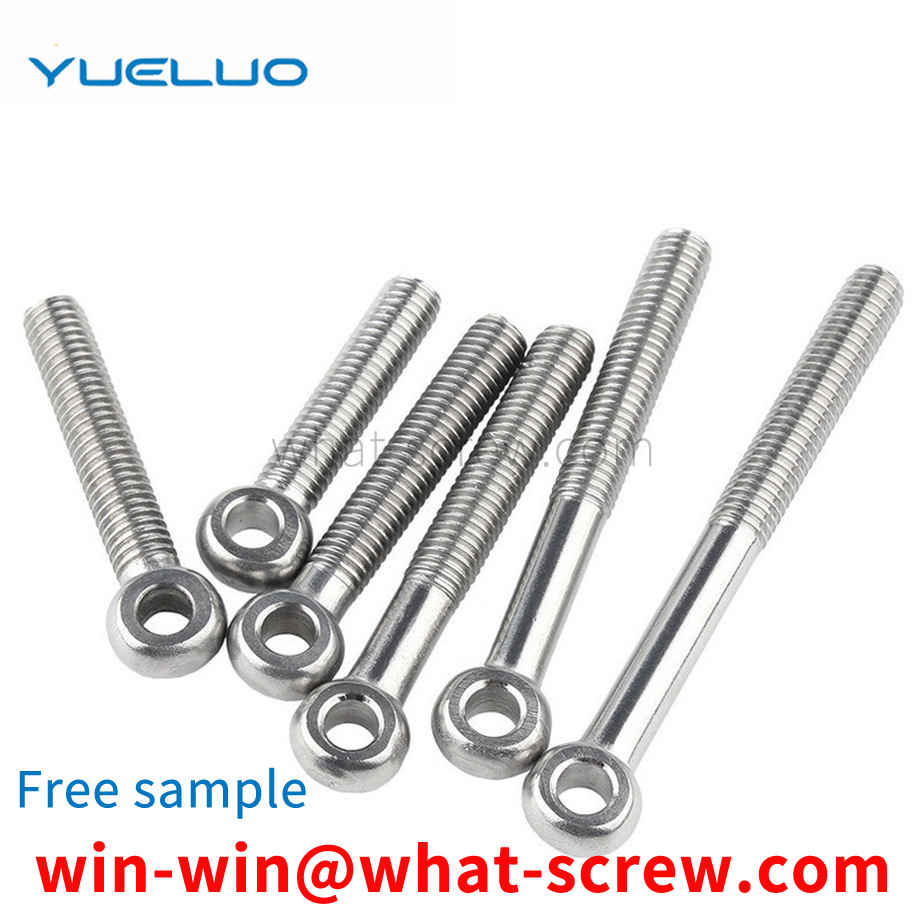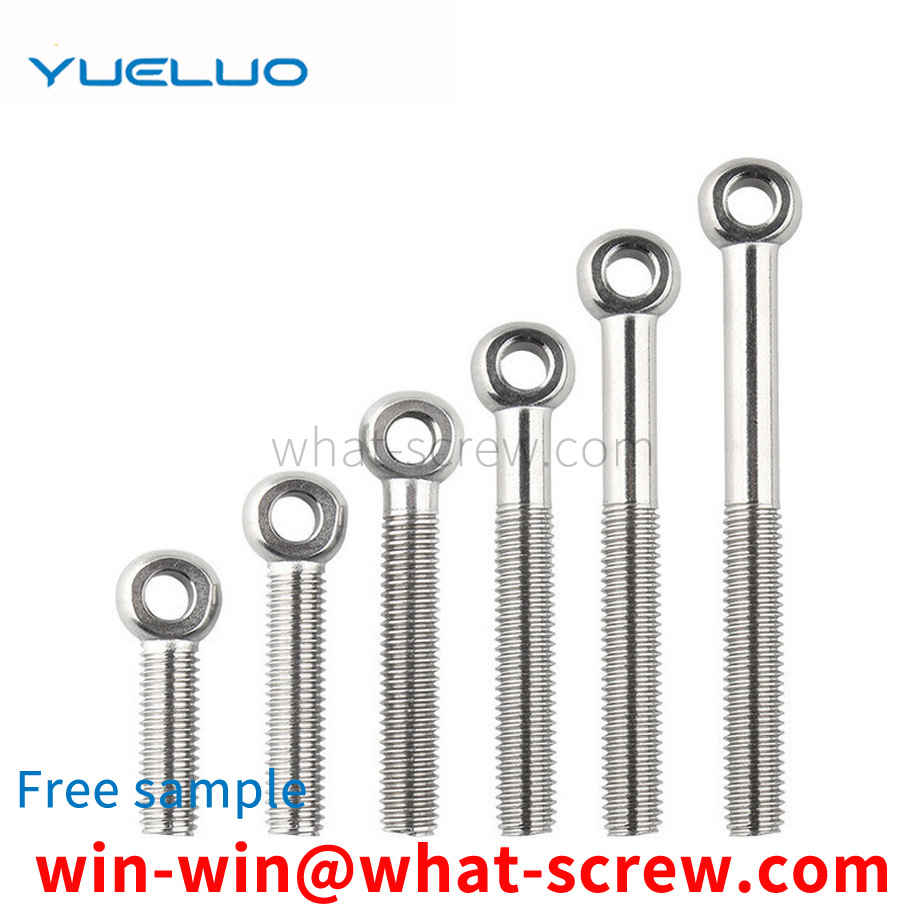Self-tapping screws, or quick-thread screws, are quick-release fasteners made of steel that are galvanized and passivated on the surface. Self-tapping screws are mostly used for the connection between thin metal plates (steel plates, saw plates, etc.). When connecting, first make a threaded bottom hole for the connected piece, and then screw the self-tapping screw into the threaded bottom hole of the connected piece.
In addition, in the prior art, rivets are also used to riveted screws on metal plates. The rivets are nail-shaped objects with a cap at one end. In riveting, the riveted parts are connected by their own deformation or interference. When using rivets, it is necessary to set moderately sized positioning holes in the corresponding positions of the two metal plates, and the rivets directly penetrate into the positioning holes and then riveted. Because this riveting method does not require welding, it will leave a hole on the back of the metal plate. Therefore, in the prior art, the surfaces of the two metal plates after riveting are covered with a layer of smooth metal skin to cover the riveting marks, which will also increase the overall cost, including metal The cost of the skin and the increase in the manufacturing process, while the riveting process is limited, the connection between all metal plates cannot be universal.
flat washer is a part that is placed between the connected part and the bolt to protect the surface of the connected part from being scratched by the nut and to disperse the pressure of the nut on the connected part. At present, a flat washer in the prior art generally includes a washer body; the washer body has a bolt hole in the middle for a bolt to pass through. Although the flat washer of the above structure has a simple structure, it still has a disadvantage. When the flat washer is cushioned between the connected part and the bolt, the bolt head is usually exposed outside the connection part, so the bolt head is easy to It is damaged under the impact of external force, thus affecting its fixing effect.
1. Fixed anchor bolts, also known as short anchor bolts, are poured together with the foundation and used to fix equipment without strong vibration and impact. 2. The movable anchor bolt, also known as the long anchor bolt, is a detachable anchor bolt used for fixing heavy machinery and equipment with strong vibration and impact. 3. Expansion anchor bolts are often used to fix stationary simple equipment or auxiliary equipment. The installation of expansion anchor bolts should meet the following requirements: the distance from the center of the bolt to the edge of the foundation shall not be less than 7 times the diameter of the expansion anchor bolt; the foundation strength of the expansion anchor bolt shall not be less than 10MPa; there shall be no cracks in the drilling holes. The drill bit collides with the steel bars and buried pipes in the foundation; the diameter and depth of the drill hole should match the expansion anchor bolts. 4. The bonding anchor bolt is a kind of anchor bolt commonly used in recent years, and its method and requirements are the same as the expansion anchor anchor bolt. However, when bonding, pay attention to blowing out the debris in the hole, and do not get wet. [1]
If the above-mentioned nuts and screws are used as a kind of fasteners that can prevent others from being disassembled, such as when installing iron doors-steel windows, people usually tighten the nuts first, and then use a welding machine to weld the nuts and screws. To prevent the nut from loosening, it may be necessary to use a tool to mill the threads on the screw. It can be seen that this approach is very inconvenient.
We have many years of experience in the production and sales of screws, nuts, flat washers, etc. The main products are: 304 Phillips countersunk head small screws, countersunk head hexagon socket head bolts, natural aluminum alloy round long nuts, round machine nuts and other products, we can provide you with Provide the right fastener solution for you.



















 Service Hotline
Service Hotline




